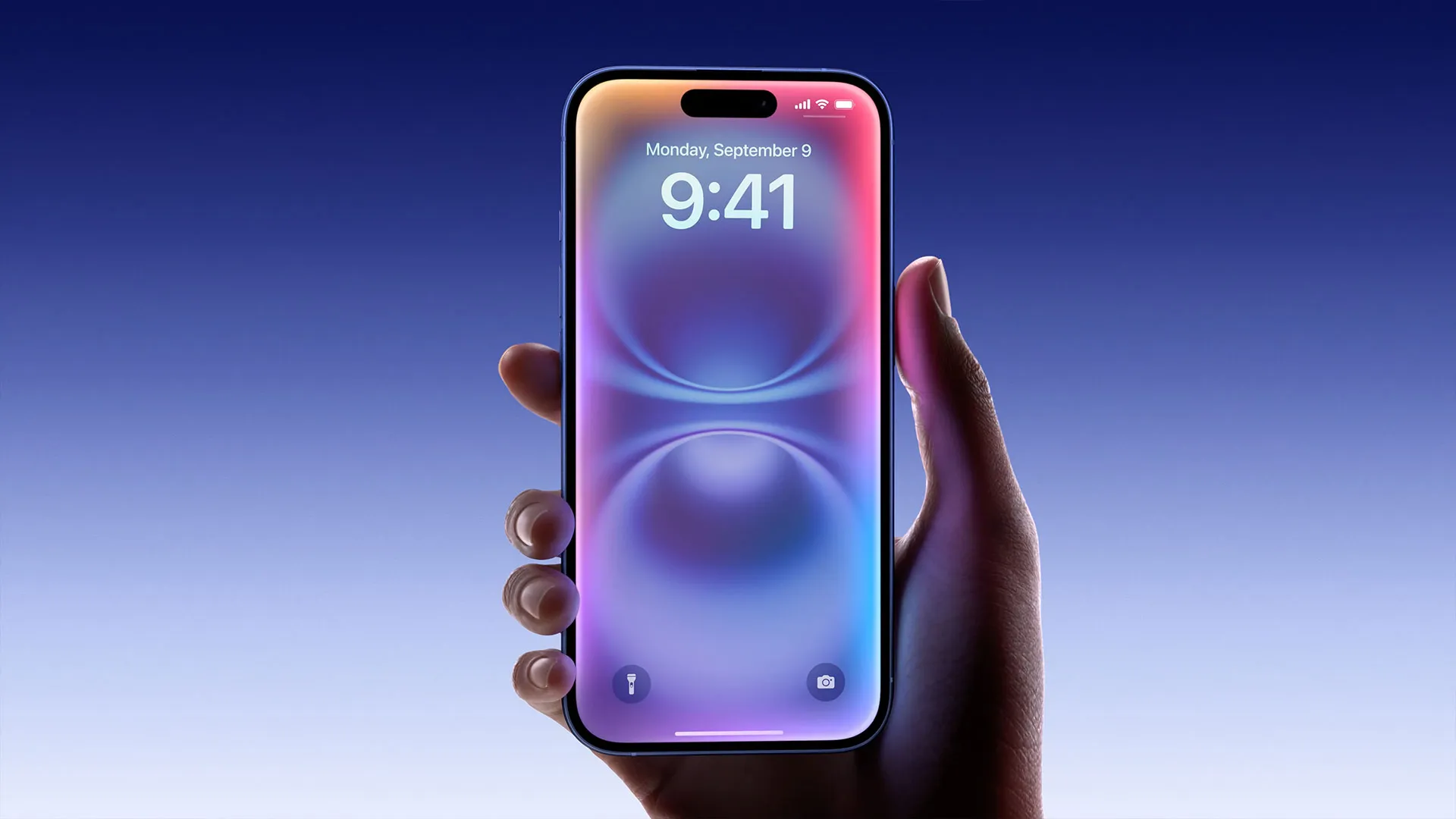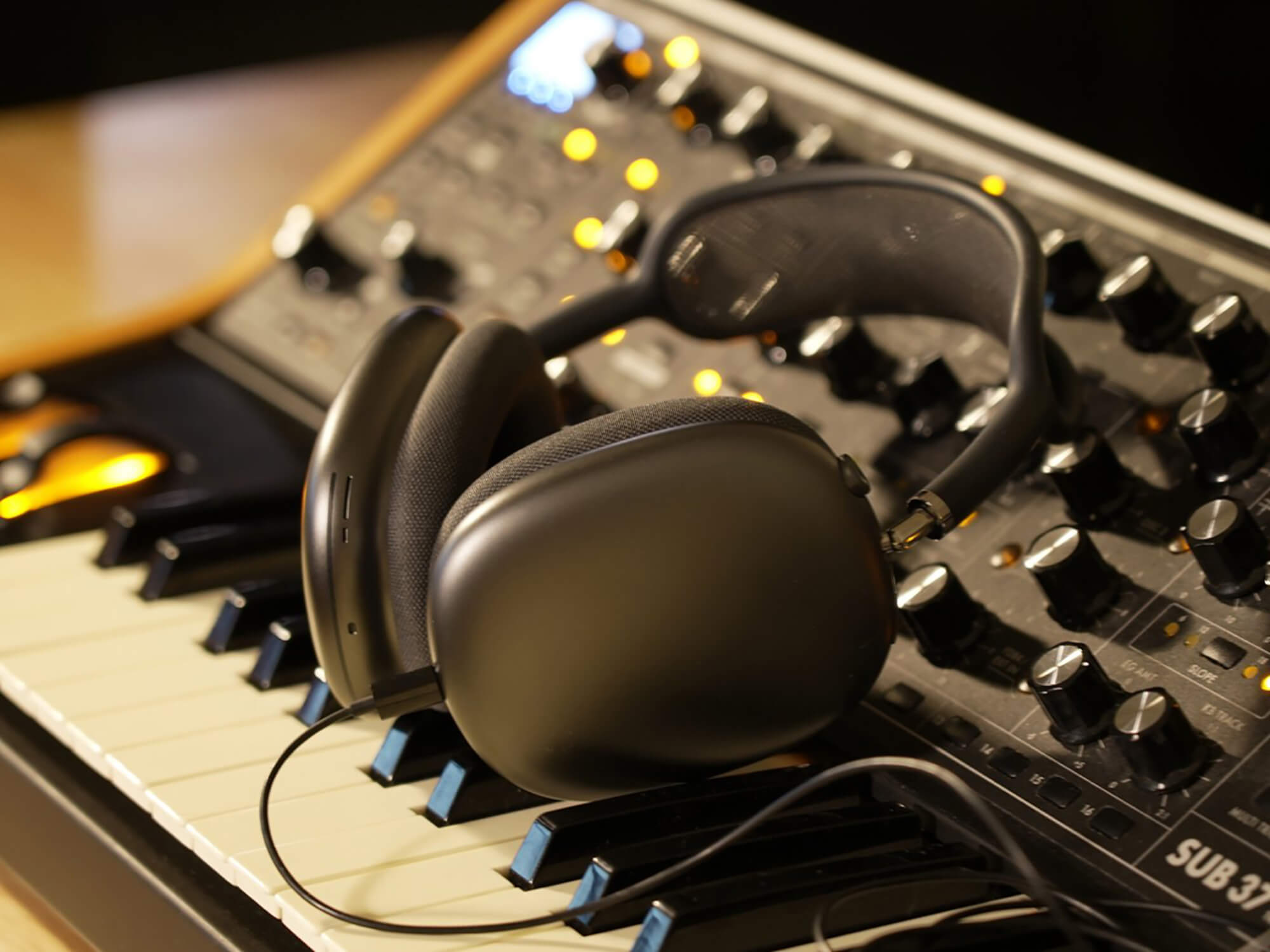Apple Apple could face higher costs due to tariffs, but expert Ming-Chi Kuo has some ideas on how the company might soften the blow. In a recent note, Kuo, a well-known analyst, shared simple strategies Apple could use to keep prices steady for customers.
First, Kuo suggests Apple might move more of its production out of China. By making products in places like India or Vietnam, the company could avoid some U.S. tariffs aimed at Chinese goods. This shift is already happening slowly, with iPhone assembly starting in India. Kuo believes speeding this up could save money.
Next, he points out that Apple could tweak its supply chain. This means working with suppliers in different countries to get parts at lower costs. By spreading out where it gets materials, Apple might dodge some tariff hits and keep expenses down.
Kuo also thinks Apple could lean on its huge cash pile to absorb extra costs. With billions in the bank, the company might choose to pay the tariffs itself instead of raising prices for buyers. This would keep iPhones and other gadgets affordable, even if it trims Apple’s profits a bit.
Finally, Kuo mentions Apple could push for better trade deals. By talking to governments or adjusting its plans, the company might find ways to lower tariff rates or get exceptions. This could take time, but might pay off in the long run.
While tariffs could make things pricier, Kuo’s ideas show Apple has options. Moving production, rethinking suppliers, using its cash, or negotiating deals could all help. For now, Apple fans can hope these steps keep their favorite tech affordable.


